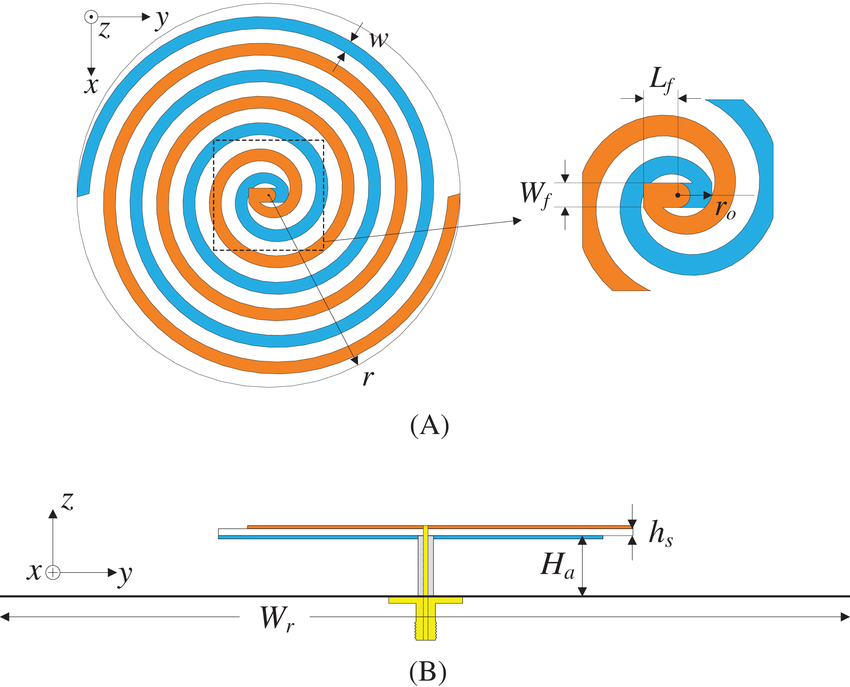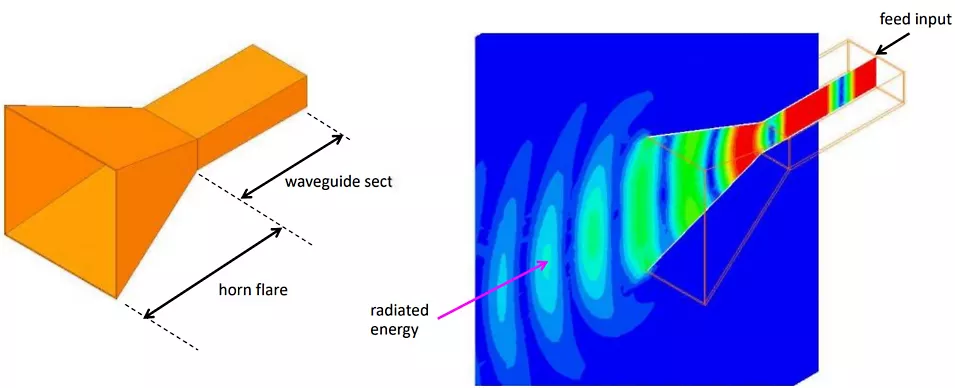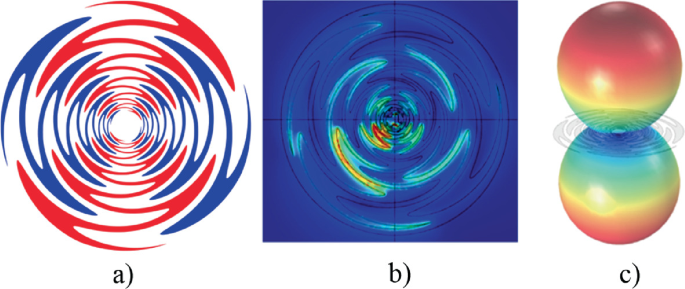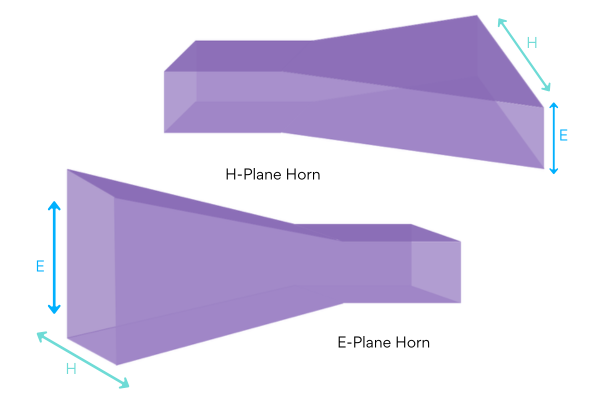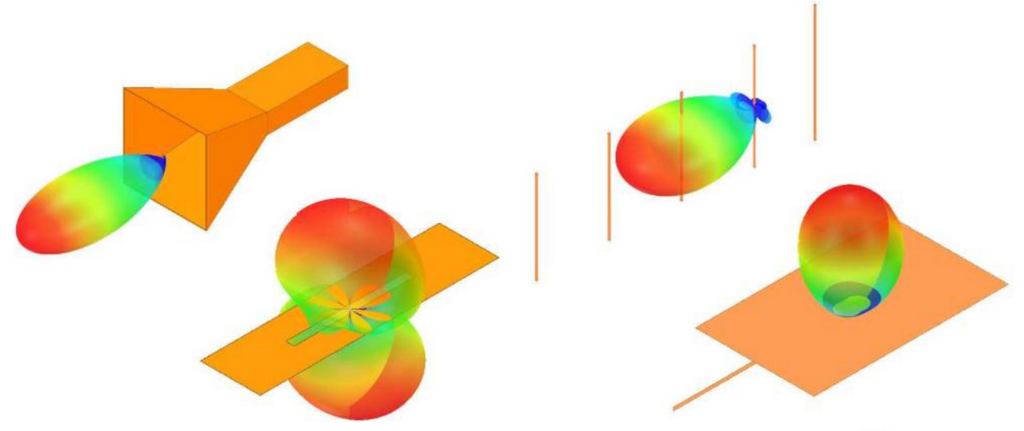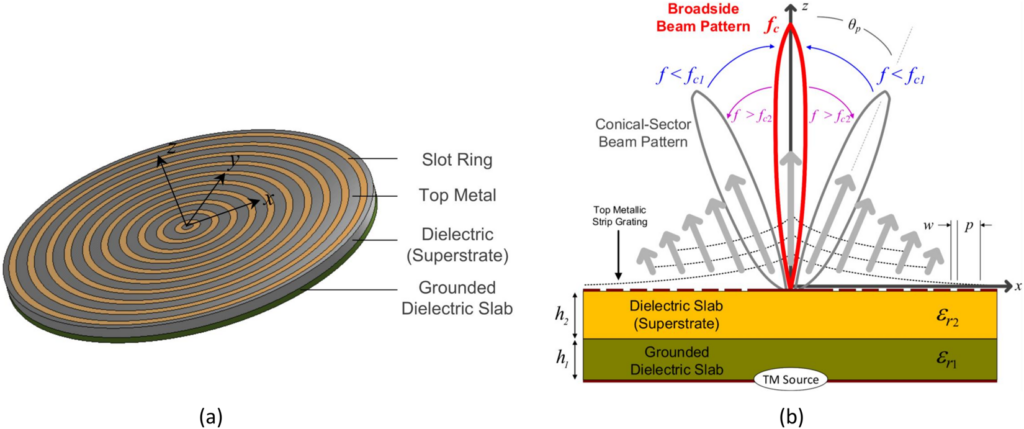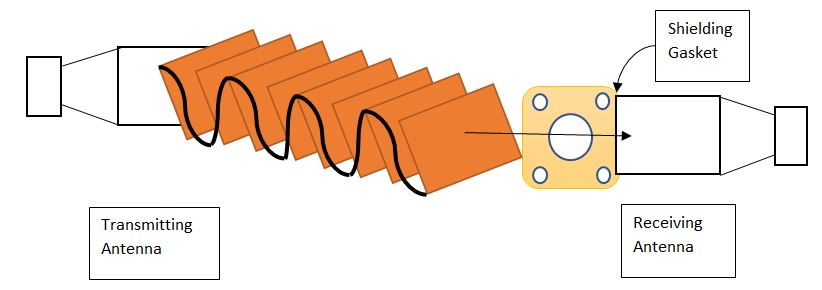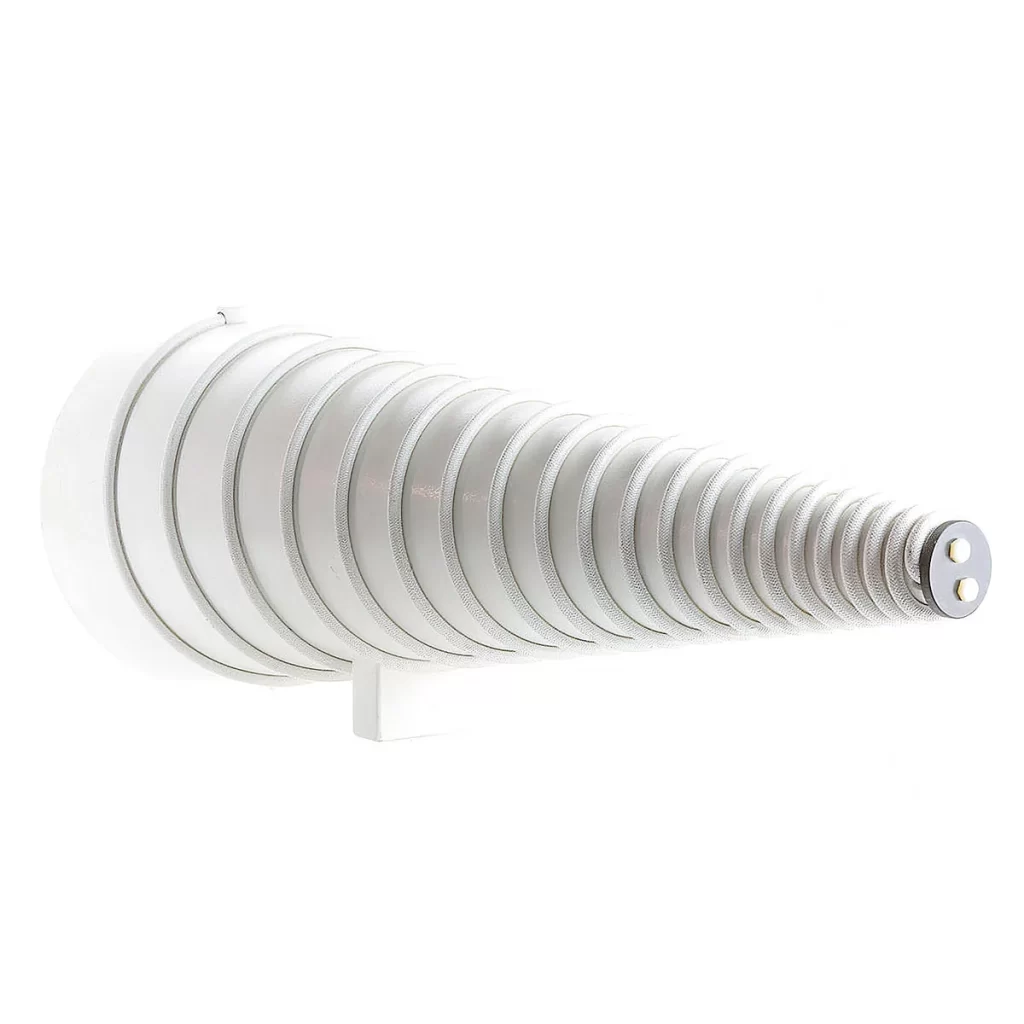What Makes Spiral Antennas Circularly Polarized
Spiral antennas achieve circular polarization (axial ratio <3dB) through their helical geometry, where two orthogonal arms (90° phase shift) radiate EM waves with equal amplitude. The 1-10GHz bandwidth and 3-5 turns spiral design ensure consistent polarization across frequencies, crucial for satellite comms (used in 78% of GPS antennas). The Mystery of Helical Winding At 3 […]
What Makes Spiral Antennas Circularly Polarized Read More »

